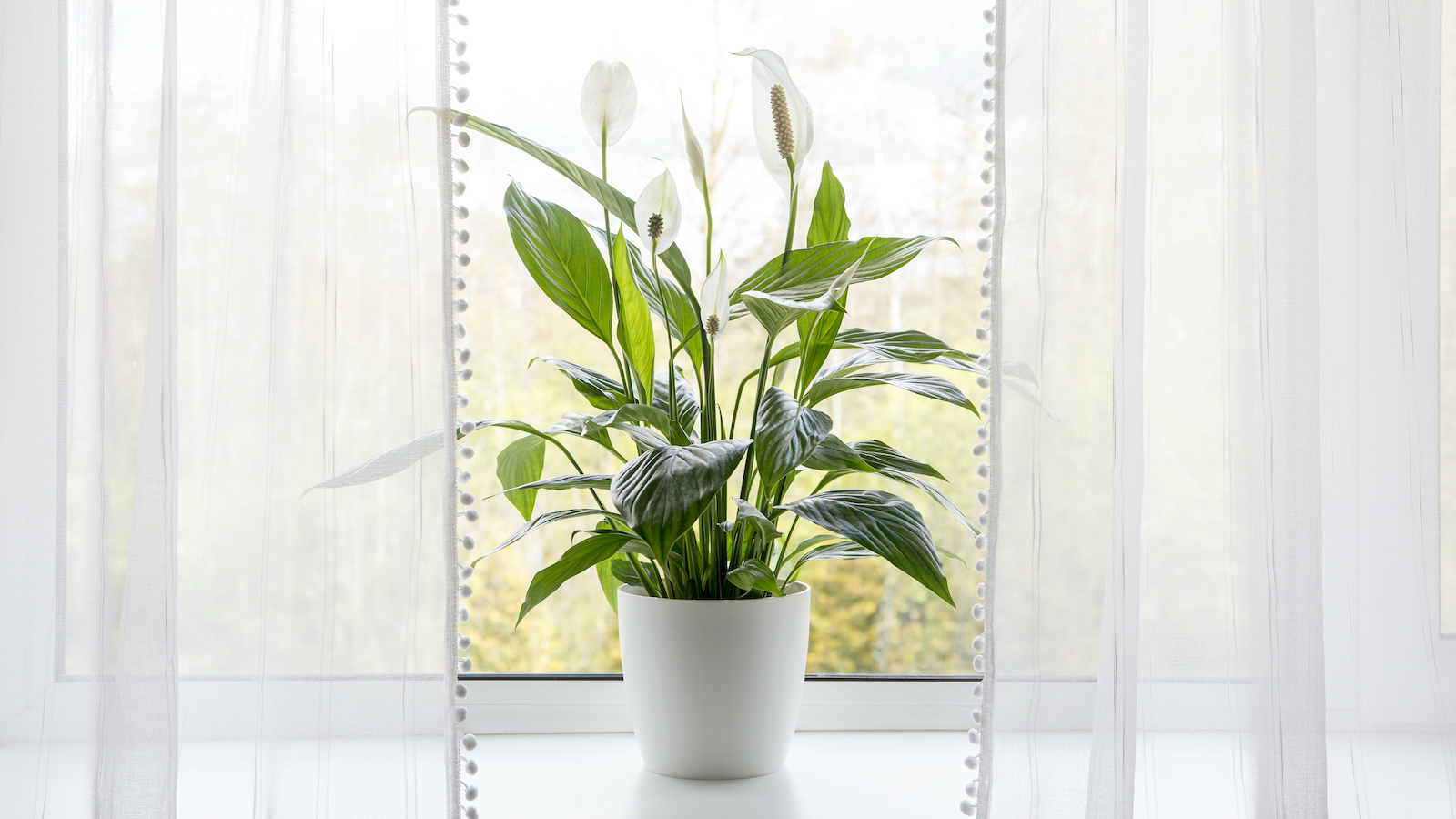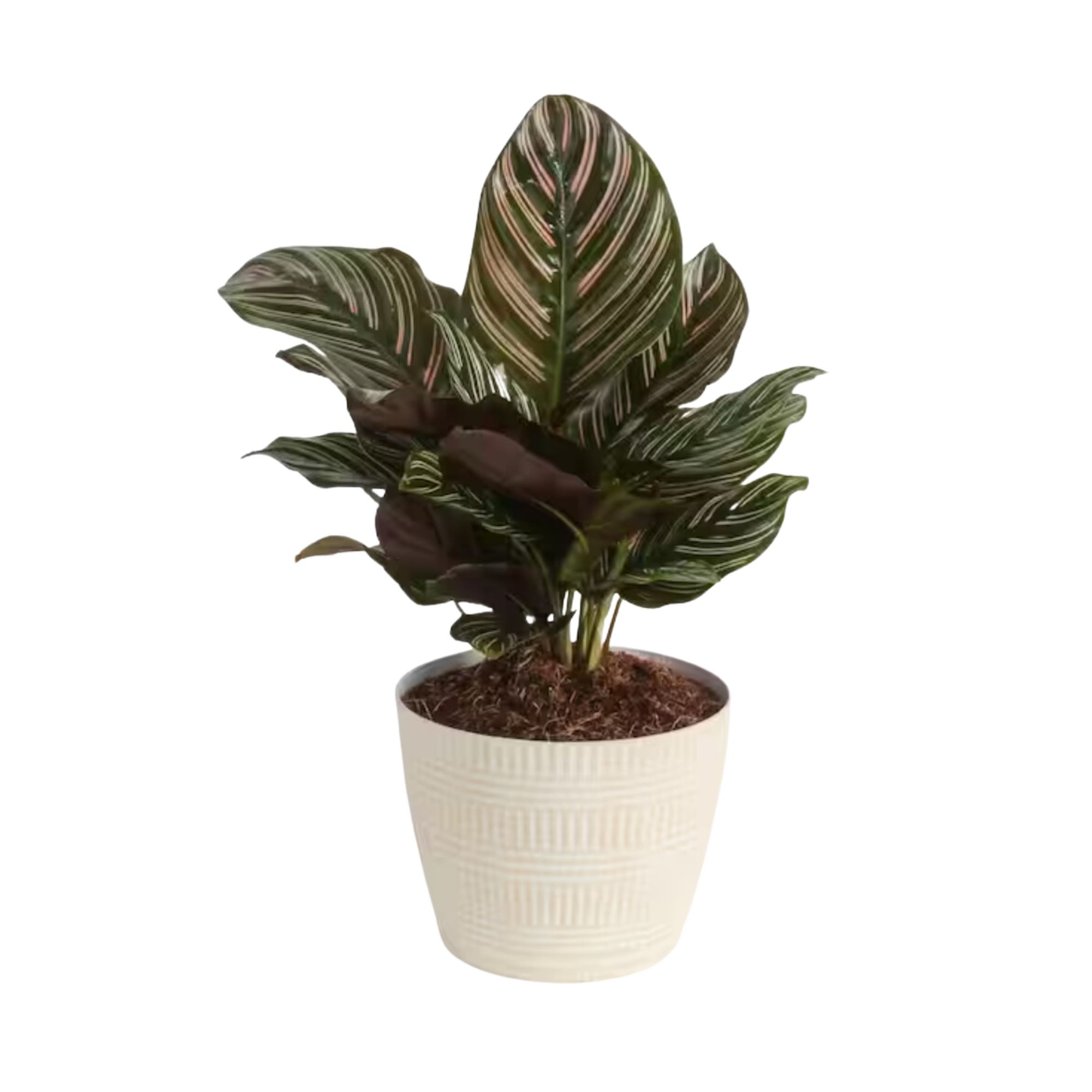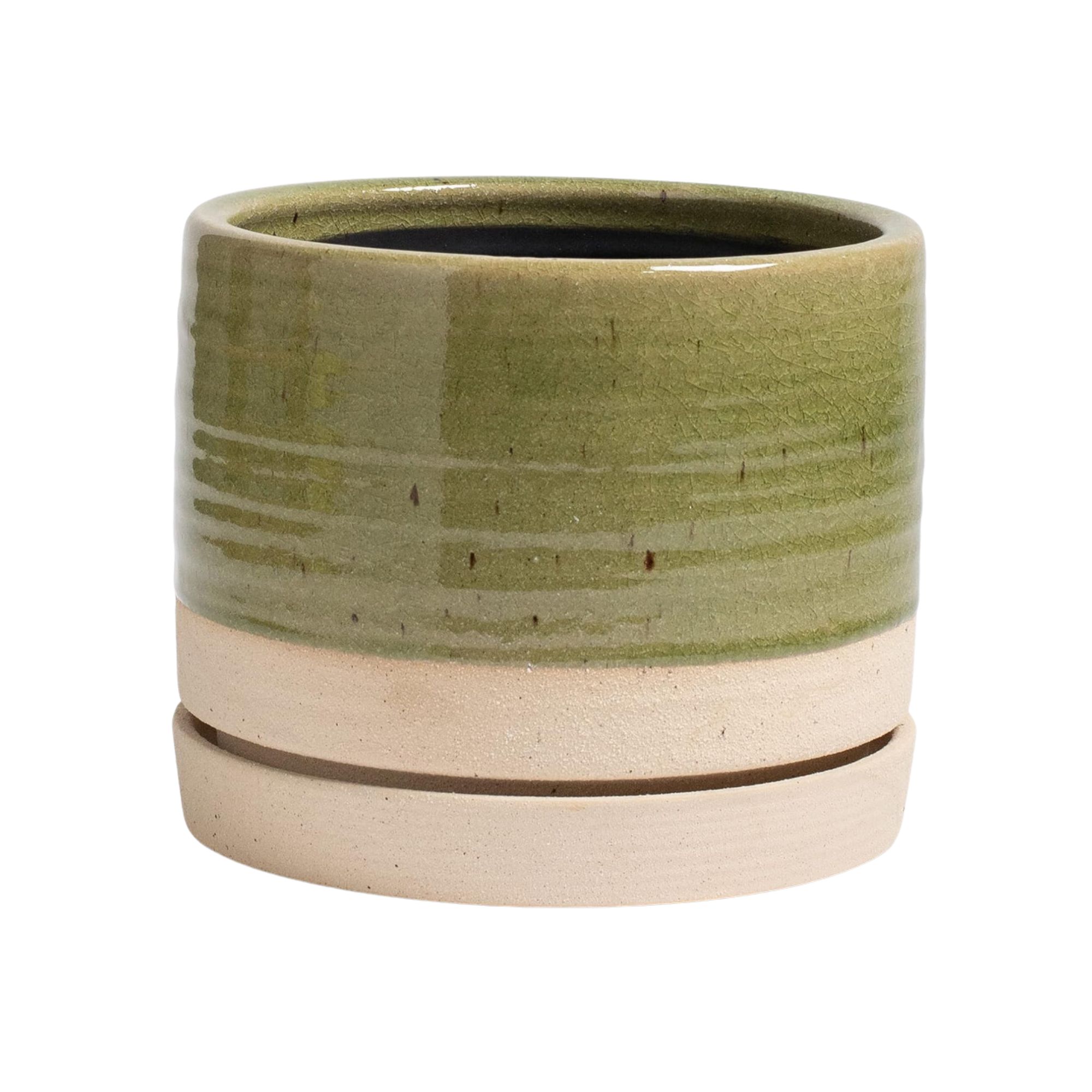
Are peace lilies toxic to pets? There cannot be a more vital question when you have a furry, feathered, or other pet buddy at home, and debating bringing in a new plant.
Staying one step ahead of the plant and pet parent care game, it's important to know which pairings don't mix well together. However, if you do want to enjoy both under the same roof, our gardening experts share how to make it all work together.
Before adding to your collection of indoor plants, here's what you'll need to consider as you create your leafy (and floofy) oasis.
Are peace lilies toxic to pets?
Plant lovers gravitate towards peace lilies for their air-purifying qualities and tropical aesthetic, making them a beloved houseplant for an indoor garden.
However, the peace lily is toxic to pets — and even people. According to Gene Caballero, co-founder of GreenPal, the plant's calcium oxalate crystals pose a challenge when ingested.
"The toxicity can cause oral irritation, drooling, vomiting, and difficulty swallowing in pets. To maintain peace lilies in a home with pets, place the plants out of reach — on high shelves or in rooms that are off-limits to pets."
It's worth knowing too that cats are more likely to develop extreme reactions to peace lilies compared to dogs.
While we'll argue there are many benefits of houseplants, getting certain types of greenery to coexist with animals might not be worth the hassle, especially if your pets are prone to nipping at leaves and have free rein over your place.
Which animals are most affected by the peace lily?
Dogs and cats can be affected by the plant, but our feline friends are the ones who struggle with the plant the most.
"Cats are particularly sensitive to peace lilies," says Skylor Young, the co-owner and COO of The Plant Doctors, who also recommends opting for high shelves or "no-pet" rooms.
According to Lively Root, if your cat ingests leaves from a peace lily, you'll want to seek veterinary services or poison control as quickly as possible. Signs to look out for include depression, loss of appetite, gastrointestinal issues, excessive licking, and pawing at the mouth.
Various parts of the peace lily contain calcium oxalate crystals, which are transferred to the cat's mouth and even fur by licking. Dogs are more likely to experience irritation and inflammation, but if they ingest large qualities, they could be more seriously affected.
What to shop instead
Though both Gene and Skylar suggest placing your peace lilies in a place where four-legged friends can't reach them, they are in favor of opting for a pet-friendly houseplant instead, like the Boston Fern and spider plant.
"There are also many beautiful, flowering plants that aren't toxic to pets, like calathea or spider plants, for example," Skylor says. "Perhaps consider swapping out for those."
Gardening in an apartment or small space is challenging enough but choosing the safest options for your space goes a long way.

Price: $30.36
Dimensions (in.): D6 x H10

Price: $43.99
Dimensions (in.): D8 x H7

Price: $9.98
Capacity (ml.): 180
FAQs
What happens if a cat sniffs a lily?
If a cat sniffs a lily, there's the potential for the pollen to collect in its fur, which becomes particularly dangerous once the cat starts grooming itself. As noted from the U.S. Food & Drug Administration, various types of lilies can lead to kidney damage as quickly as three days. Although peace lilies particularly are not mentioned on the list, unlike Easter lilies and tiger lilies, it's best to keep this variety away from cats whenever possible.
Living beings of all varieties require plenty of care and attention. Our team of experts will help you learn how to care for houseplants and how to avoid common houseplant mistakes so that your garden indoor thrives, looks gorgeous, and takes your aesthetic to new levels







